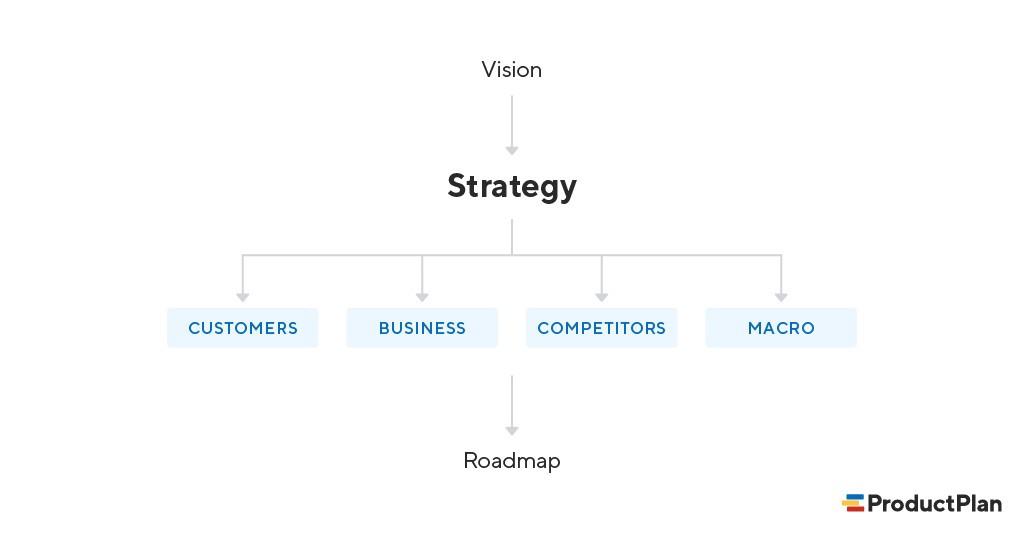Photo by Valery Sysoev on Unsplash
Startups were once considered a necessity for those who struggled to land a job in the corporate world or make ends meet to provide for their family.
It was seen as something only the rich could afford, with all the money, time, and resources at their disposal, all while not worrying about making losses along the way.
This, in fact, is one of the main reasons why those startups would succeed. They weren’t afraid to experiment with the unknown and explore the outlandish ideas, despite the criticism they received.
Some will say they had the luxury to explore, but that is precisely the mindset we must get over. We owe it to the current digital era for pushing us out of our comfort zone and building on innovative ideas, irrespective of our social status.
As we slowly move away from the pressures and expectations of landing a 9–5 job, the world is gifted with an increasing number of innovations and disruptive conceptions.
Photo by Onur Binay on Unsplash
Table of Contents
Stuck On The Sidelines
If you think you are meant to make a massive impact on the world but are yet to take that one step to establish yourself as a successful innovator, you might identify with at least one of these entrepreneurs.
- One, you have a brilliant business idea but thought about it so much ahead of time that it scares you even to start the process of building your product.
- Two, you don’t have a solid idea yet but started dabbling into different features, tried marketing your product to multiple audiences, and failed.
- Three, you have a great product built on a solid foundation, but somehow your business side is not taking off.
Some are afraid to build a startup and stop at a particular stage of thought. Some others are bold and dedicate their lives to making one.
“By failing to prepare, you are preparing to fail.”
— Benjamin Franklin
There are multiple other scenarios where a business or product idea doesn’t work out as planned or lacks planning altogether. But pure passion and a brilliant idea alone are not enough to make the cut.
Your Best Bet To Success
You need something called a Product Strategy. You cannot jump in blind and figure your way through. It can spin you on different paths, leaving you directionless.
Today you might see a competitor who works on similar lines as your product but with a different goal in mind. You might want to adapt those features to stay ahead of the game. But in a few months, you might see some other company else and change course again.
This puts your company in a precarious position, resulting in a colossal waste of time, money, and resources. To avoid deviating from your path, you need to consider these few things to build, sustain and grow your business.
Product Strategy
Product Strategy is the plan from a bird’s-eye view for meeting all your business and product objectives. It helps in achieving the vision and mission you set for your company.
The strategy you have laid out should answer the whys, whats, whens, and hows of running a successful business that satisfies customers. A goal-first approach keeps all teams on track to achieve the common objective.
As advised by business theorist Alexander Osterwalder, a product strategy provides a roadmap for aligning the action of all teams to work towards the company’s larger goals.
Now that you know you need a product strategy, how do you get started? It’s simple. Focus on these three essential arms of strategy to build a solid road map for you and your future employees to follow.
The Holy Trinity
Minimum Viable Product
The simplest version of the product will attract customers and maximize our learning as we launch our business. The idea is to start with building something that serves a singular purpose and serves it very well.
For example, Uber, the cab service platform that helps you get a ride within the city in minutes. This is how Uber did it:
Identify one colossal problem and solve only that problem first.
- Identify the pain points and market needs and set a clear goal to overcome them.
- Find the easiest hassle-free path for your user to achieve their intended purpose on your platform.
- Include a minimum number of features necessary to complete the task and nothing more.
Customer-Centric Designs
Once you have established the purpose of your product, focus on the people you are building for. They are the ones who make or break your business. Customer is king for a reason.
For example, DevRev, is a CRM software for business owners and organizations to help connect the developers and customers in the era of product-led growth. This is how DevRev does it:
- Build user personas and design every feature as per their scenarios.
- Retrieve customer feedback regularly and link the pain points directly to the issue and the maker (e.g.: Trails)
- Provide instant customer support through something like PLuG SDK, where you can nudge, guide, and support your users throughout their user journey.
- Establish an emotional connection with your users through humanized chat systems.
Business Goals = Product Goals.
A startup cannot thrive in a market with only a solid product or only a solid business idea. There has to be a balance of both. It would be best if you also made your business profitable after establishing an MVP and building a customer network.
For example, Apple, the tech giant with a record of over $97 billion in 2022, seems to have cracked the code to satisfy customers and make billions simultaneously. This is how Apple does it:
Photo by Julian O’hayon on Unsplash
- Establish common goals company-wide and communicate them clearly without jargon.
- Find the sweet spot where product goals and business goals match and keep that as your target.
- Encourage all teams to discuss and iterate before execution constantly. It enables to gain varied perspectives to solve the same problem.
- Focus on the design and functionality of products. It will sell itself.
- Align various features at every stage and make sure all teams meet their expectations from it.
- Establish tools to enable cross-functional teams and workspaces. It helps keep everyone on track and accountable.
Final Thoughts
Locking down a product strategy helps prepare for the future of the product and gives it a direction for growth. That does not mean you cannot tweak the direction as you keep building and growing the product. When you have a plan, you prepare the company for responses by competitors and changing market conditions. Don’t forget the primary goal of customer satisfaction in the process. Let’s start building!







